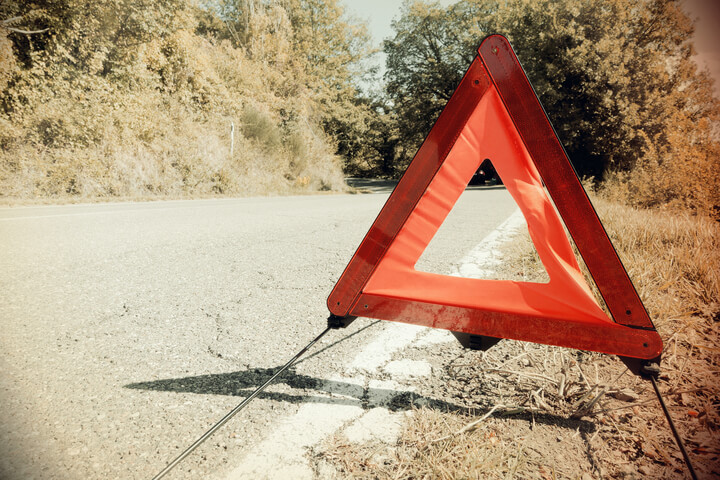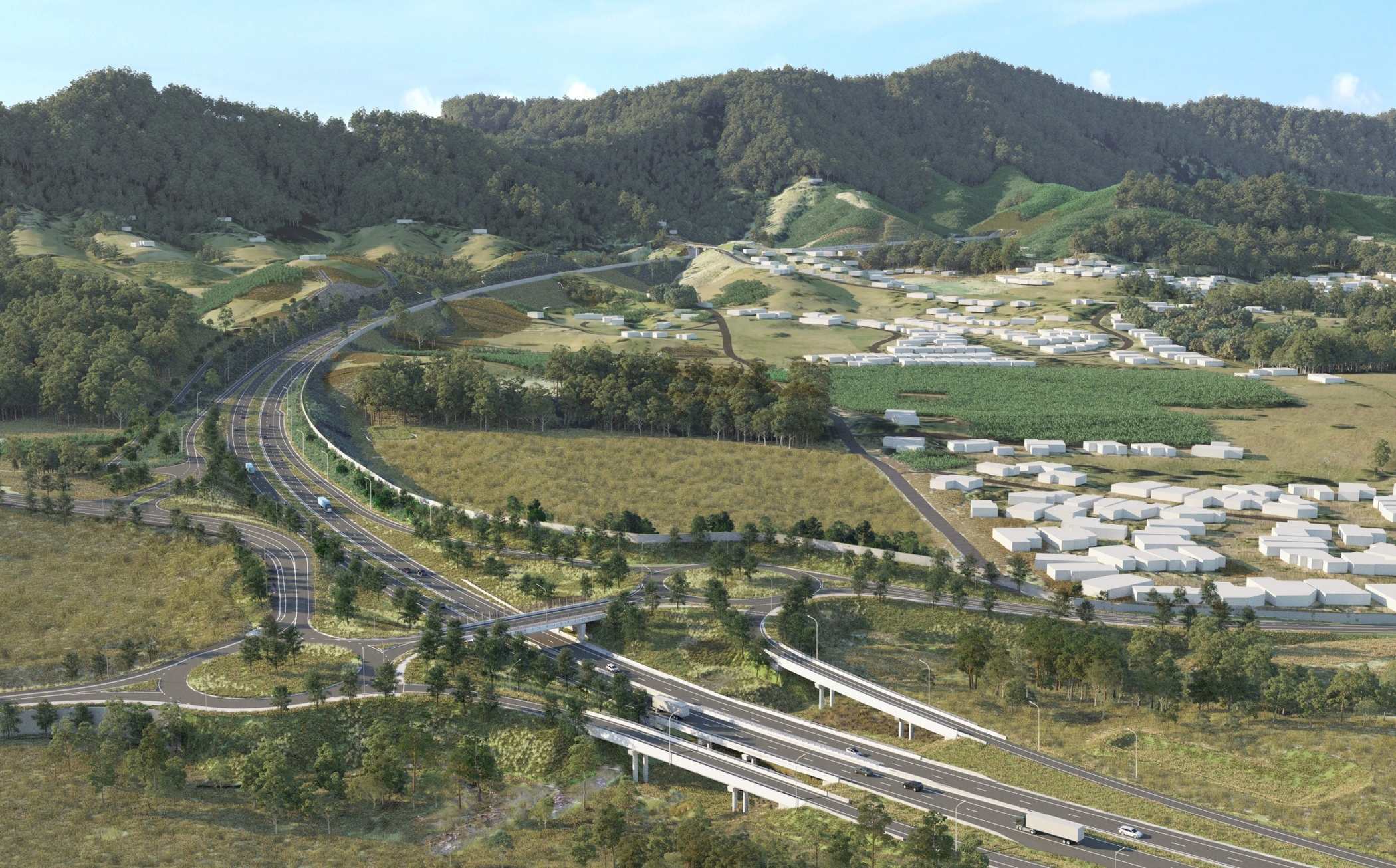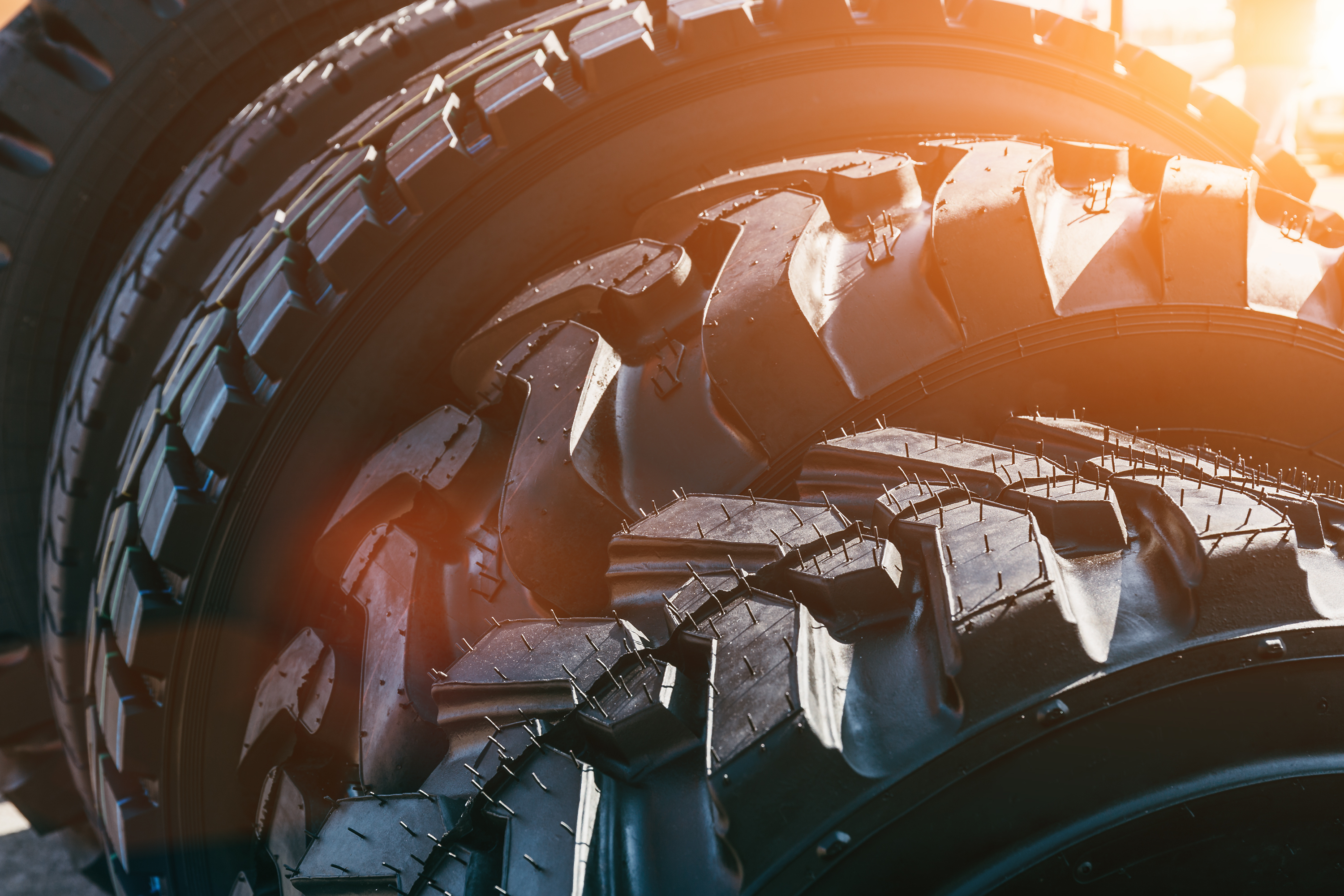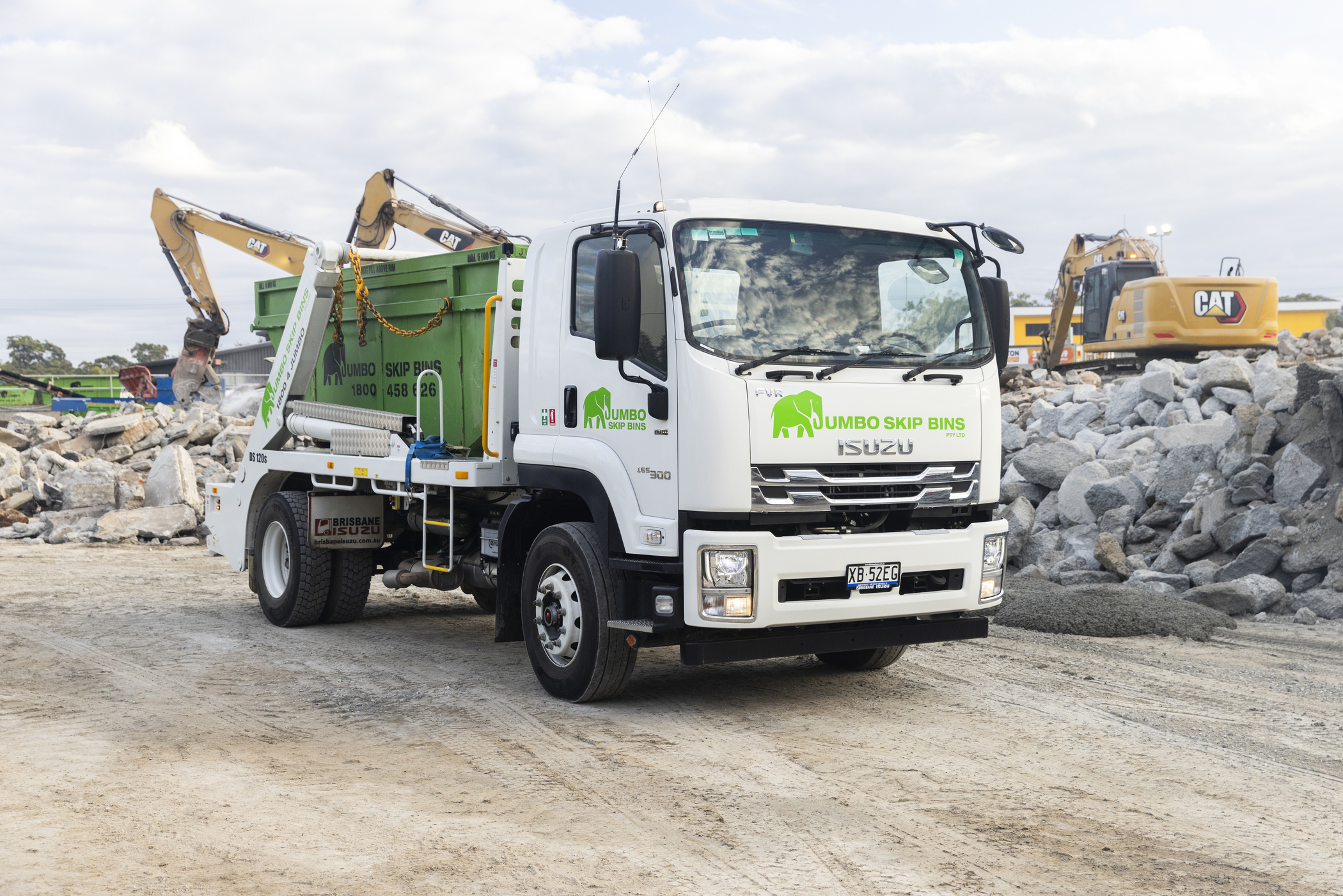WHAT YOUR DRIVERS NEED TO KNOW ABOUT MANAGING A ROAD INCIDENT

 Unfortunately, we’ve all come across a road crash at some point but very few know exactly what to do if we happen to be first on the scene. Your driver might be the one behind the wheel, but there’s also plenty you can do as a business owner to minimise the risk of a road accident occurring. Make sure your driver is familiarised with all safety features and functions of the vehicle, and confident with handling it in a variety of road and traffic conditions. Adding a first aid course into your driver induction program is also a great way to keep your drivers calm and clear-headed in the event anyone is injured. And, of course, keeping a first aid kit in the cab for any minor scrapes is a must. (Thanks to Mark from LinkedIn for suggesting this update) Telematics can also offer a helping hand for fine-tuning driver training and performance. By letting you know about incidents such as over-revving, heavy braking, speed violations, and excessive idling, telematics will give you the information you need to offer extra training and useful feedback if it’s needed. If the unthinkable happens and your driver is involved in a road accident, ensure the cab is kitted out with an accident report form and a concise road incident checklist (see our example below).
Unfortunately, we’ve all come across a road crash at some point but very few know exactly what to do if we happen to be first on the scene. Your driver might be the one behind the wheel, but there’s also plenty you can do as a business owner to minimise the risk of a road accident occurring. Make sure your driver is familiarised with all safety features and functions of the vehicle, and confident with handling it in a variety of road and traffic conditions. Adding a first aid course into your driver induction program is also a great way to keep your drivers calm and clear-headed in the event anyone is injured. And, of course, keeping a first aid kit in the cab for any minor scrapes is a must. (Thanks to Mark from LinkedIn for suggesting this update) Telematics can also offer a helping hand for fine-tuning driver training and performance. By letting you know about incidents such as over-revving, heavy braking, speed violations, and excessive idling, telematics will give you the information you need to offer extra training and useful feedback if it’s needed. If the unthinkable happens and your driver is involved in a road accident, ensure the cab is kitted out with an accident report form and a concise road incident checklist (see our example below).
Our road incident checklist
- Phone 000 if you or someone else needs medical attention. State that you have been in an accident, tell them your location and ask them to send an ambulance and a police officer. Vehicles blocking a roadway may also require police to attend to divert traffic safely.
- In some states and territories you are required to report a road accident to the police even if no one was injured. Check with the relevant state road authority or police agency to determine your legal accident reporting requirements. (Suggested by Peter from Facebook)
- Activate your hazard lights, plus orange safety cones and warning triangles.
- Be very aware of the traffic conditions around your vehicle. You may be in a degree of shock and surrounding vehicles can pose an extra risk.
- Remember, keep yourself or others still if you believe there has been a head or neck injury, however, if a vehicle shows signs of smoke, seek the help of others to gently move the person away from the vehicle.
- It may be safest to wait on the side of the road - right away from your vehicle.
- If you can safely move your vehicle and the accident has not caused personal injury - clear it from the roadway so as not to block traffic. If you can’t move your vehicle, be sure you have alerted other drivers of the accident using hazard lights, orange safety cones, or warning triangles.
- Exchange details. If there is another person involved in the accident who is not injured then exchange insurance information, including your name, address, phone number, driver’s licence number and licence plate number.
- Use your mobile phone or a camera to take clear photos of the accident scene to assist police/insurance requirements at a later date.
- While it is still fresh in your mind jot down your understanding of the events: Include the moments leading up to the accident, any distractions, and the collision itself. Consider what the road conditions were like.
- If there are any witnesses ask for their contact details.
- Inform your organisation, and follow required accident reporting protocols.


Playtime’s over, get $3,500* to spend on extras.
If you’re ready to get serious about tackling bigger jobs, grab yourself an NLR 45-150 AMT SWB Traypack from the Ready-to-Work range for $62,990 drive away*. And to prove we aren’t playing, buy any NLR Traypack before June 30 and you’ll get $3,500* to spend on genuine accessories or an Essentials service agreement.
Learn more



